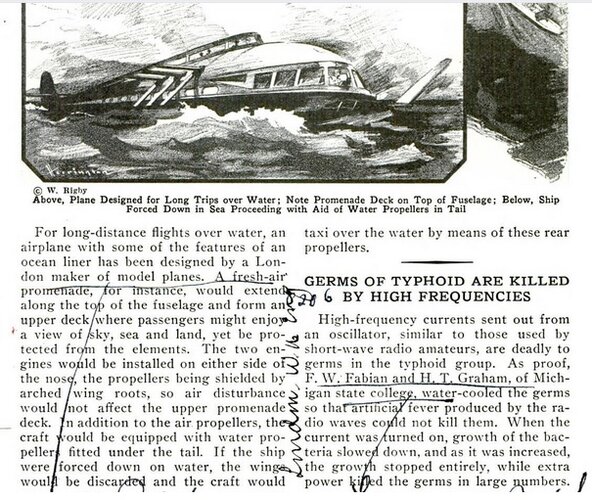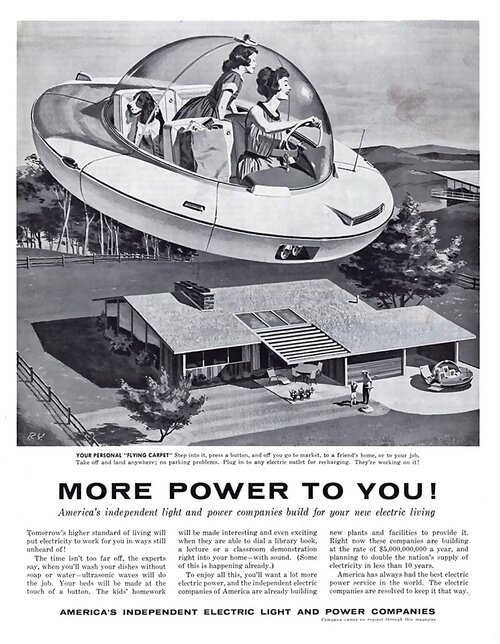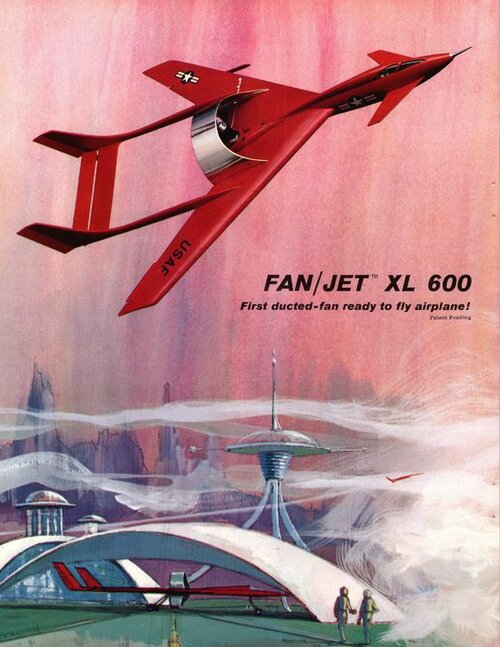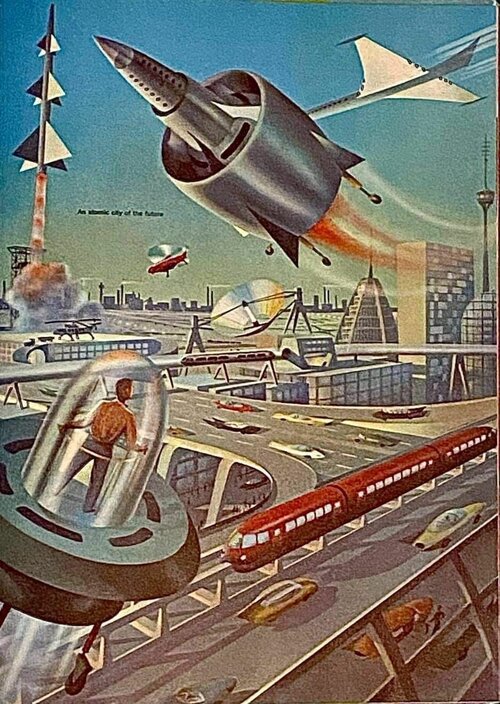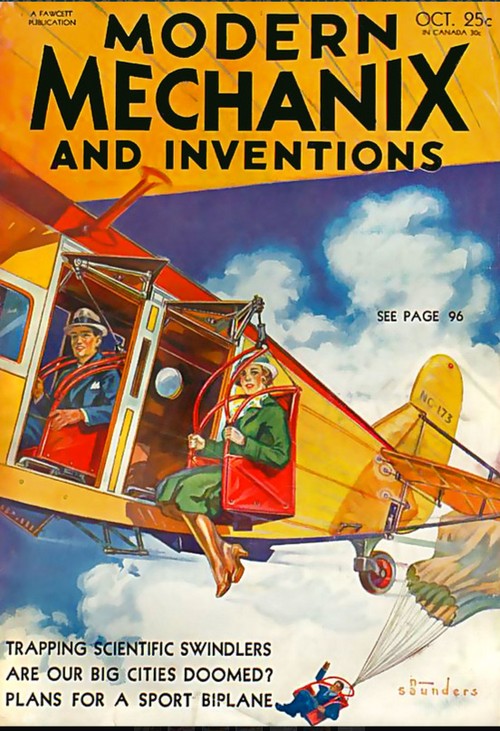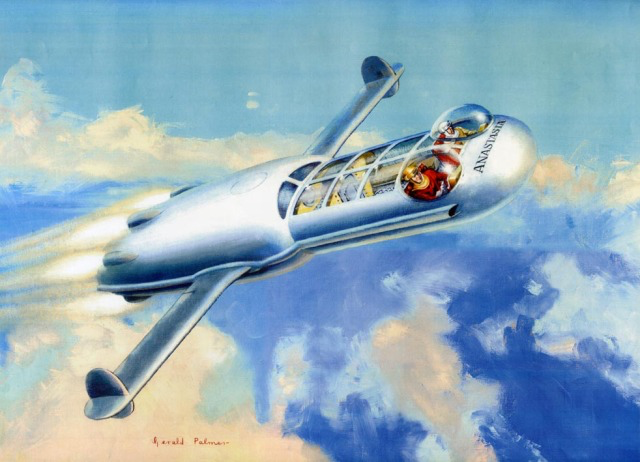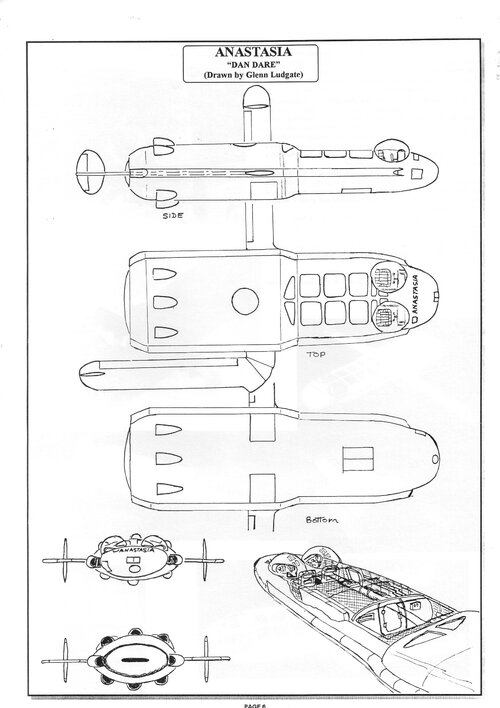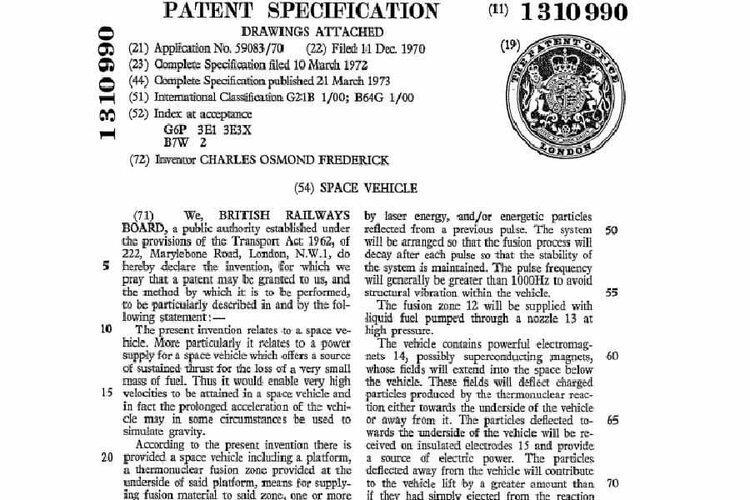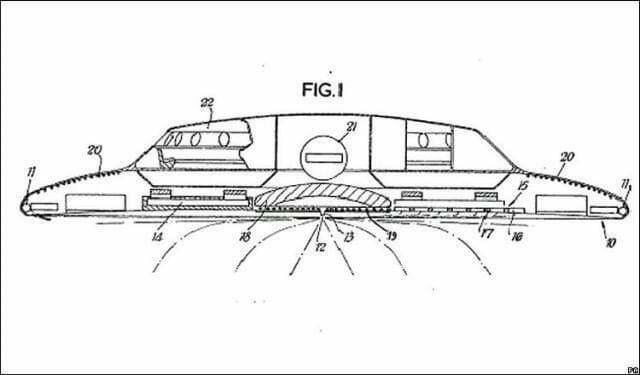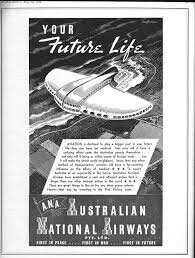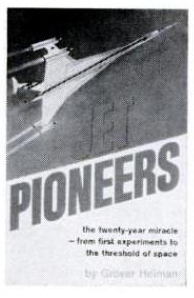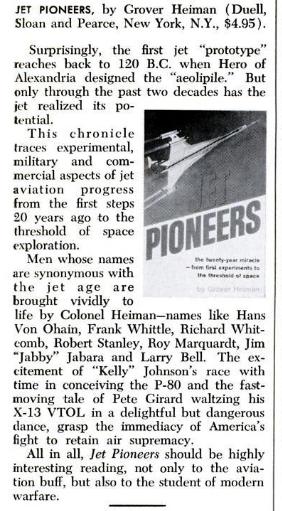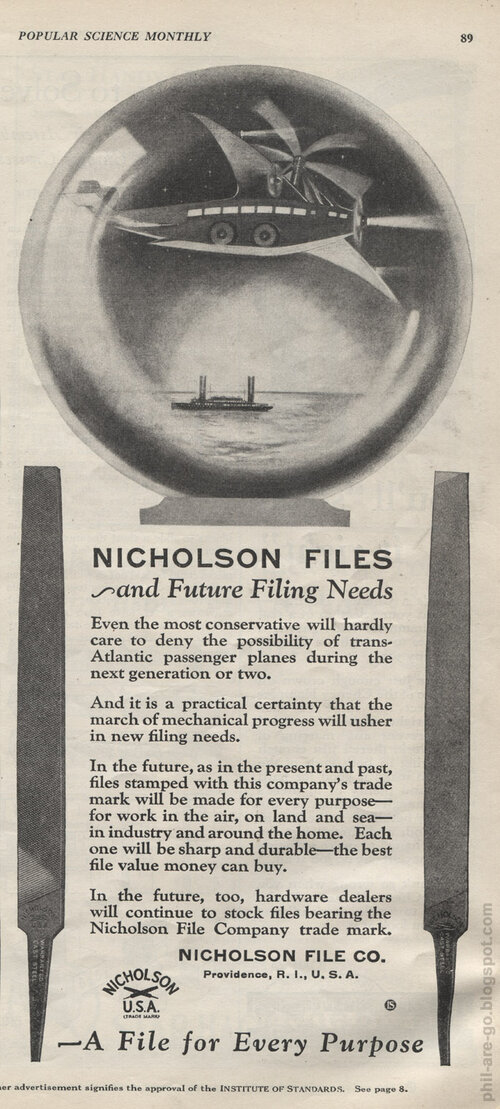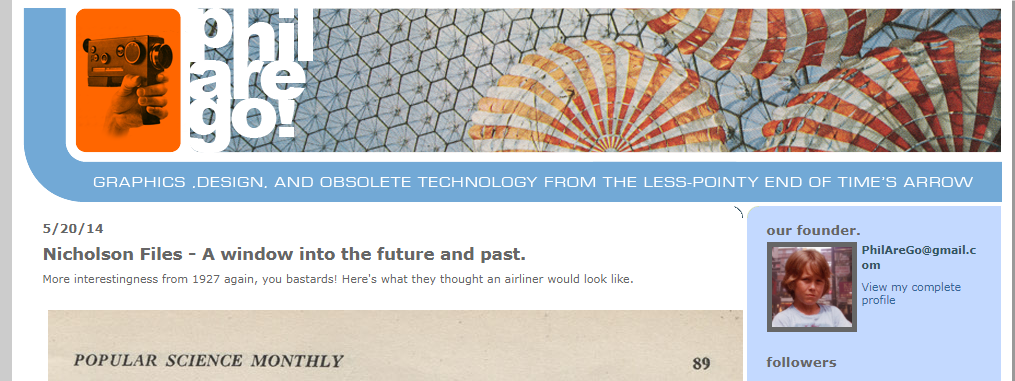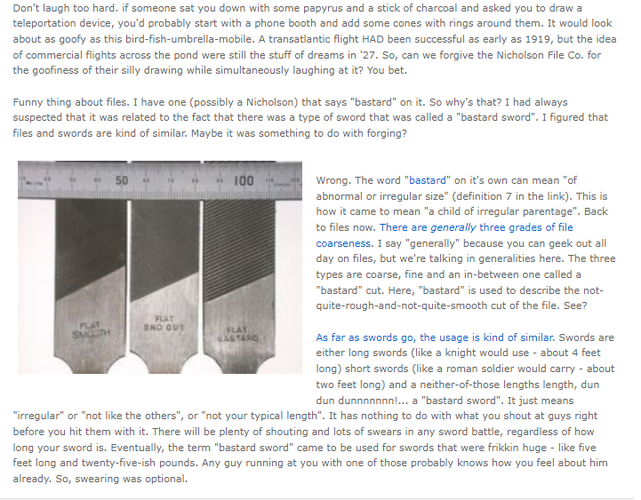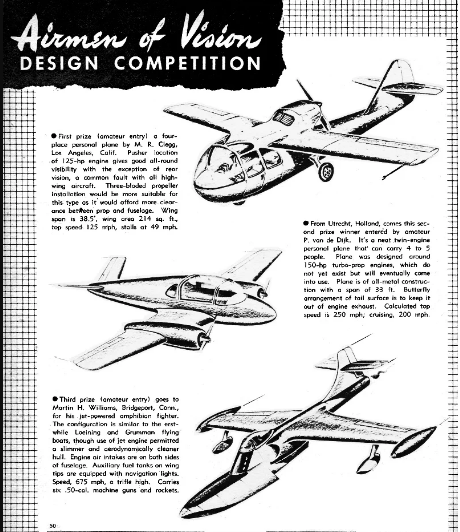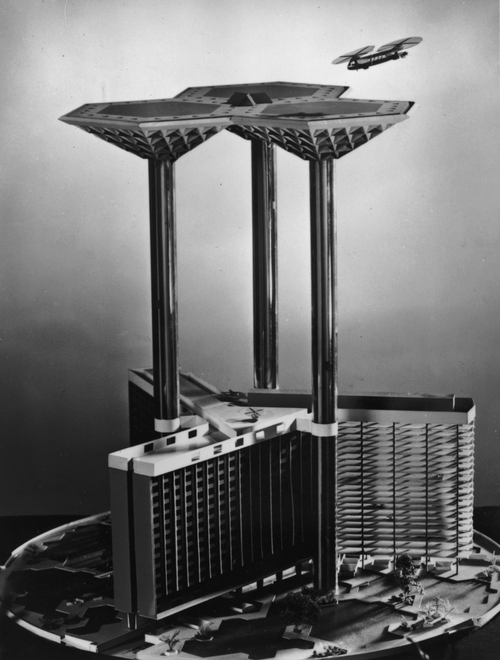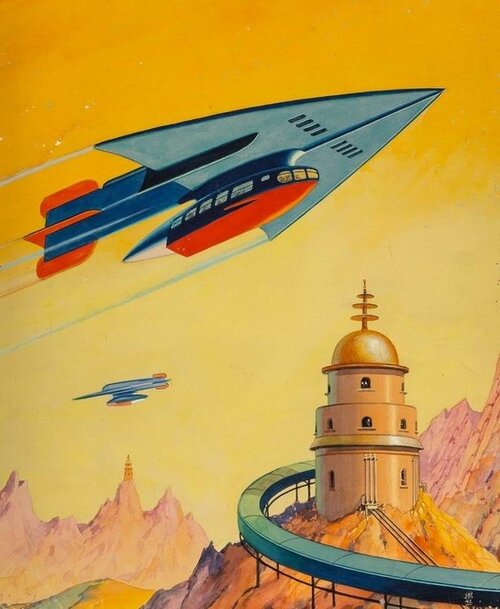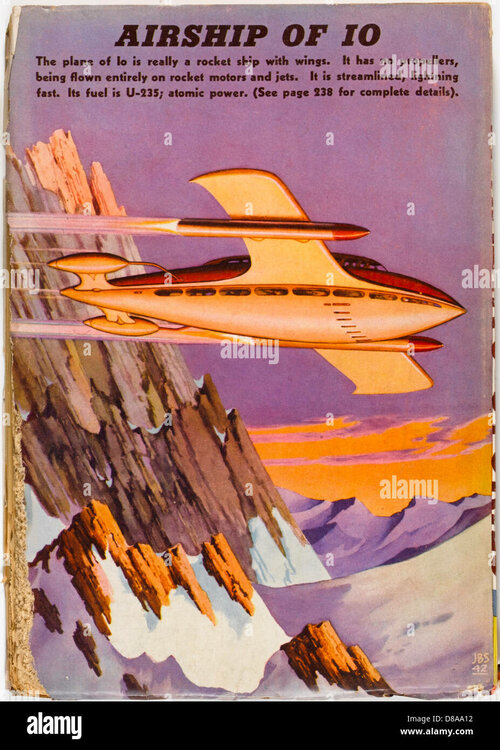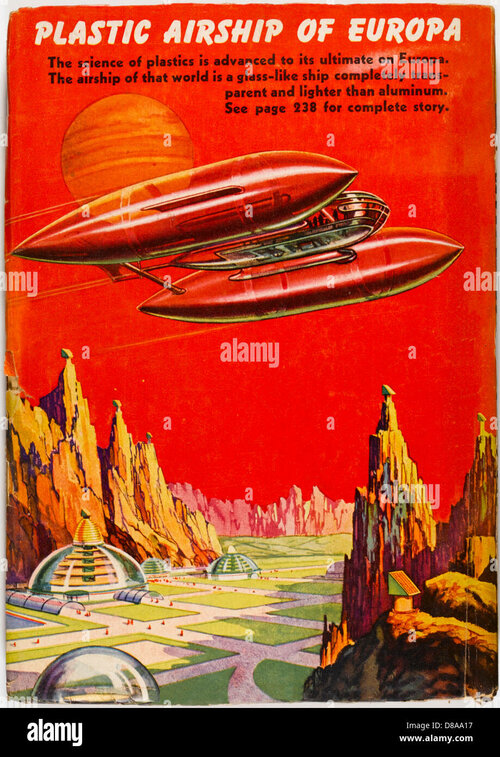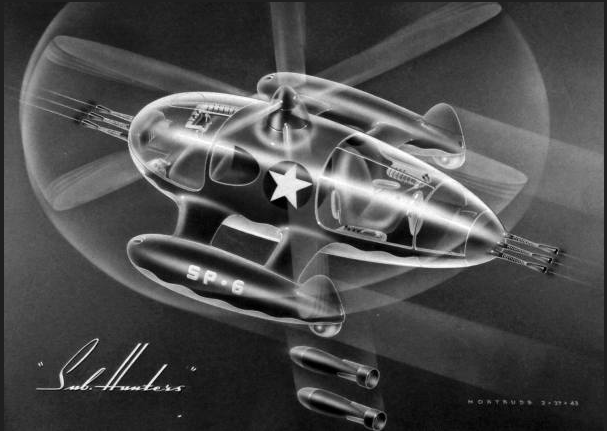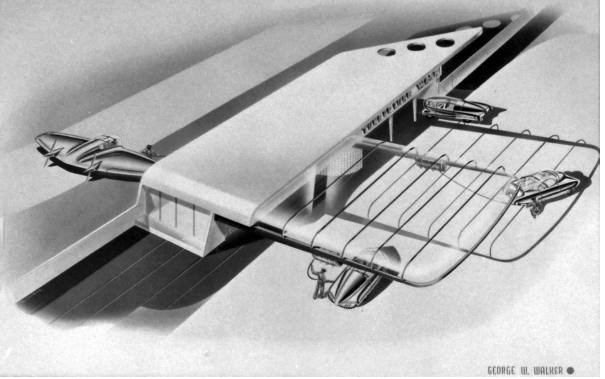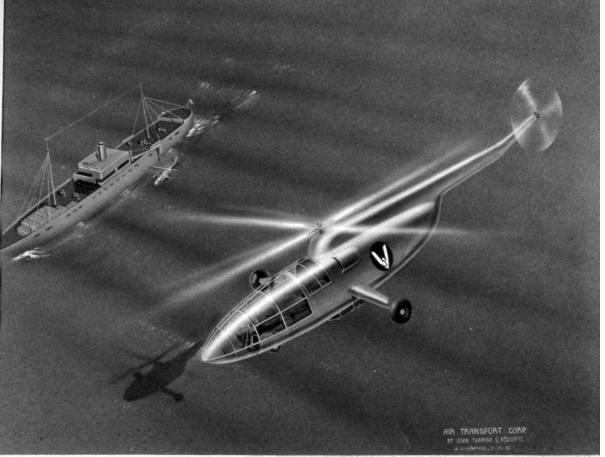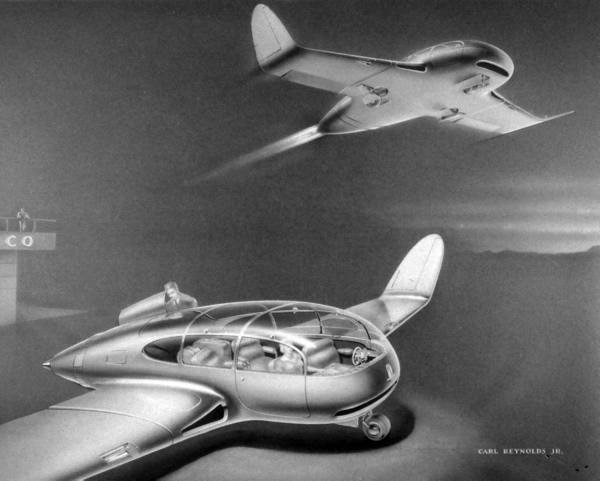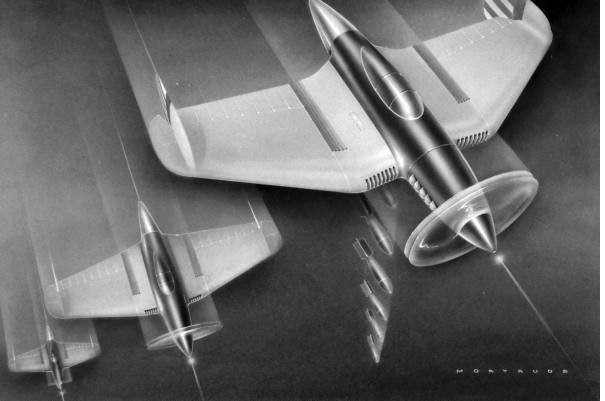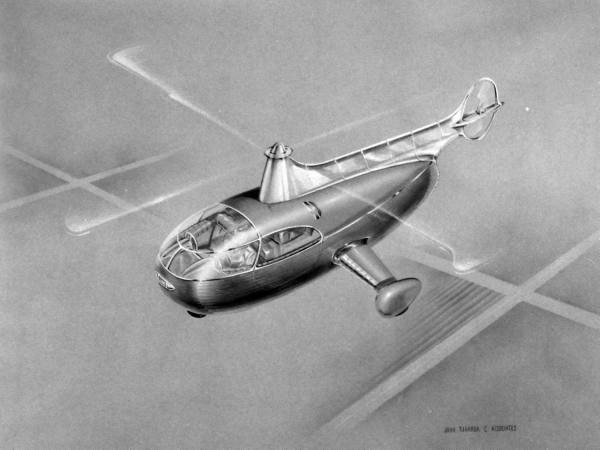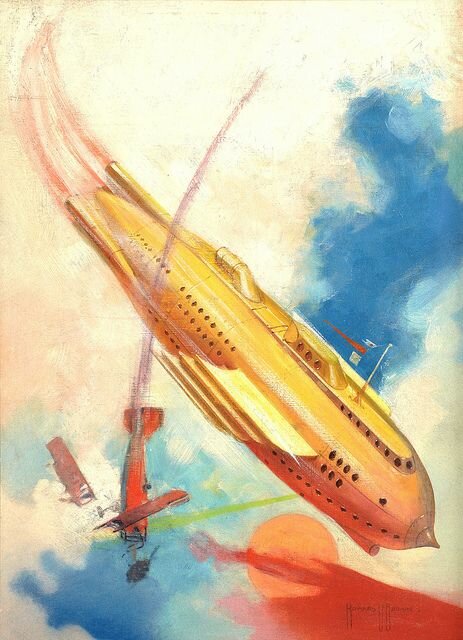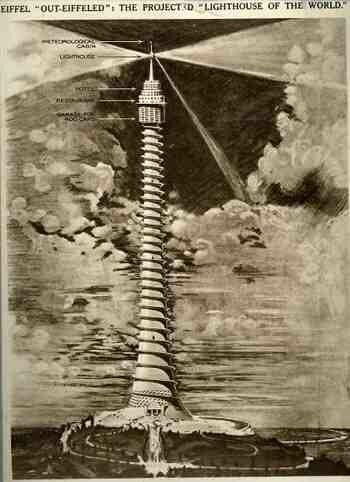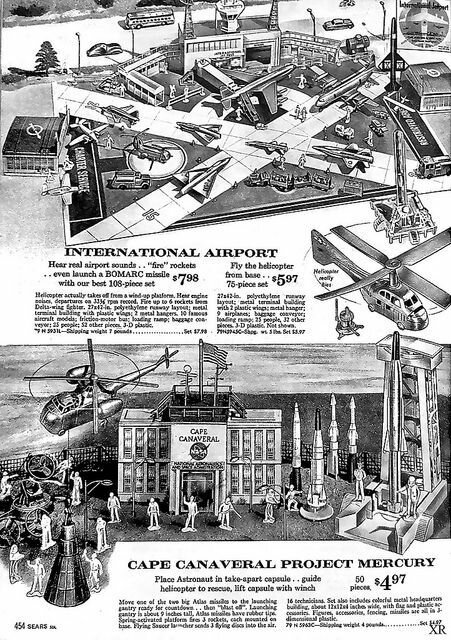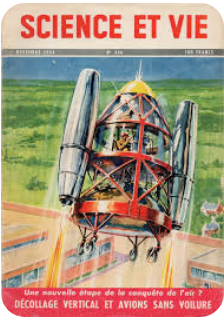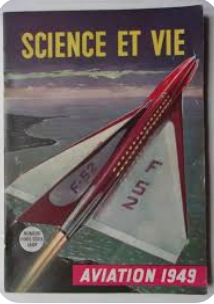- Joined
- 25 July 2007
- Messages
- 4,299
- Reaction score
- 4,193
Yes,it looks rather elegant,the mounting points on the upper fuselage almost look like pivots as tho the whole wing could have some ability to move up and down.I also like the idea of the push/pull configuration,I`ve always loved that sort of configuration since I read about the zeppelin staaken r planes waaay back in the late 90s.
I wish I had access to pg 543 so I could learn the secrets behind this machine.
Going waay back ...
This cover images was from the April 1933 edition of Popular Mechanics (it'd be handy to have the year when those images are posted). Attached is a poor-condition scan of the relevant article on page 543.
That article was entitled Plane for air or water has promenade deck. The channel wings were not chosen for aerodynamic advantage or to be able to pivot. Instead, the curved sections were meant to shield the cabin from noise. Both the wings and powerplants were intended to be jettisoned if the aircraft had to be ditched.
Once the wings were shed, the flying boat hull was to be propelled by propellers near the tail. No mention of how those props were to be driven - the aircraft powerplants having been discarded along with the wings.

